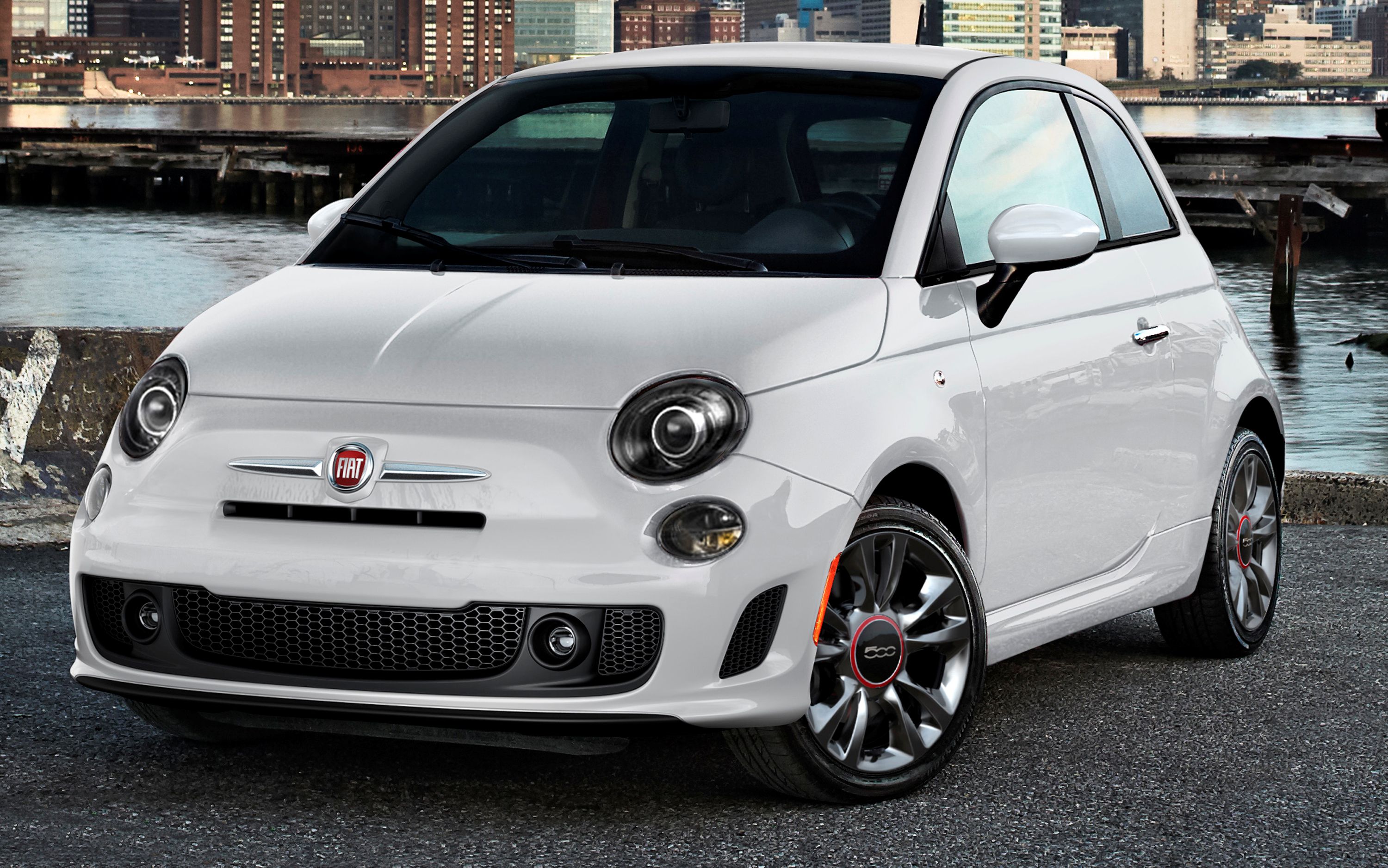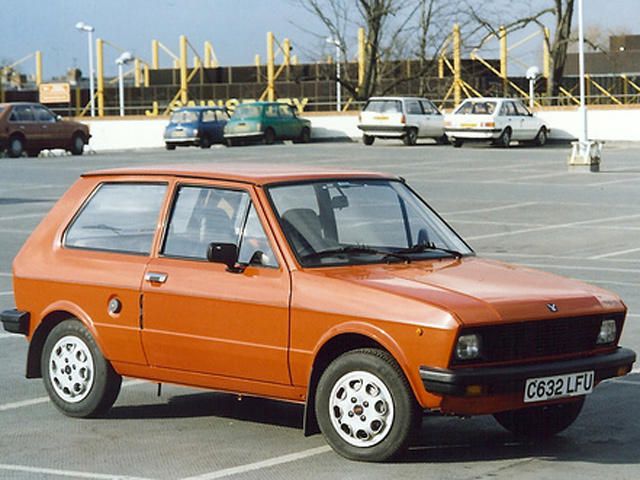
The Yugo, or Zastava Koral, as it was known in its home market of Soviet-bloc Yugoslavia, hasn't been sold in the US in 21 years, but the name is still synonymous with crap cars. It was fascinatingly terrible, and there has even been a book published recently on the history of the Yugo titled "The Yugo: The Rise and Fall of the Worst Car in History" by Jason Vuic. But a little known fact about the Yugo is that it started life as a Fiat 127. Zastava is a Serbian company first founded in the mid-1800s to produce weapons.
This was expanded to military vehicles in 1930s, which were built under license from American companies until the outbreak of WWII. In 1954, Zastava signed an agreement with Fiat to produce their vehicles under license and this would eventually lead it to begin making the 127 in 1978. This was the follow up to the 101 model, which had been sold in Italy as well, but under the brand name "Innoceni", although it quickly earned the nickname "Stojadin". This was a slag corruption of the Italian for "a hundred woes", chosen because, even in the context of Fifties Italian cars, the 101 was terribly built.
Just 45 Fiat-badged units of the car would leave the Zastava factory before it was decided that they would tweak the design and sell it with their own badges, thus was born the Zastava Koral. The man we have to thank for the Yugo, as it came to be called, coming to the US was Malcolm Bricklin. This was the man responsible for designing the Brickin SV-1, another of the world's worst cars of all time. Fresh from the spectacular failure that was this car, Bricklin decided that the US needed a new cheap hatchback, and found one in the Yugo. The process of bringing the car over was not without its problems.
When the first one was sent for emissions testing for certification to be sold in the US, it didn't even come close to passing. A fix was found in the form of fitting Fiat emissions equipment to the cars. The 1985 Yugo GV would finally go on sale in the US in 1985. The engine originally chosen for the US market was a 903cc unit which produced 45 horsepower. It was eventually realized that this wouldn't work for American highways, and a 1.1-liter 55-horsepower unit was chosen instead. With its top speed of 86mph, it was the slowest car sold in America during its lifetime.
The "GV" in the name of the car rather hilariously stood for "good value", this in a car which listed carpet as a "standard feature". But the Yugo was cheap. The base price was just $3,990 (about $8,200 today), and without much in the way of options, that price didn't go up too much. The most popular joke about the Yugo is that the rear defroster was included to keep the owner's hands warm while they pushed it. Build quality was appalling, even for the low price. The engine was particularly prone to failure, eating valves and leaking oil like nothing else on American roads at the time.
What makes this surprising (well, not surprising, but certainly funny) is that Bricklin knew Americans wouldn't stand for the low level of quality exhibited by the Yugoslavian domestic market version of the Yugo. A special facility was built for cars heading to the US, and employees were hand-picked to be the best. These employees were even paid extra (an extra $1.23 per hour) to uphold the higher standards. The car itself also underwent 500 separate changes before being exported to the US, most of which related to emissions and safety equipment. Needless to say, none of this kept the Yugo from being seen as anything but a huge pile of automotive crap.
But a cheap car will always sell, and Americans bought a total of 141,511 units before Yugo exited the market in 1991. The car sold well in Eastern Europe, and especially well in its home market, and in total, nearly 800,000 units were built. Production actually didn't shut down until November of 2008, and the Yugo is still a very common sight in Serbia. Improving post-communist economic conditions and the availability of better cars made it obsolete. The Yugo is still a joke today. Dan Neil called it one of the 50 worst cars of all time, and Car Talk named it as the worst car of the millennium.
The Yugo was the kind of awful product for which communism is justly famous. The almost total lack of quality standards from the unskilled workforce and the low wages earned by those who would be buying the cars essentially guaranteed the car would be crap. But if this is something you find appealing in a car, and you find yourself missing the Yugo, don't worry. Bricklin is now reported to be looking into the possibility of importing Chinese cars for the US market. Won't that be fun.

